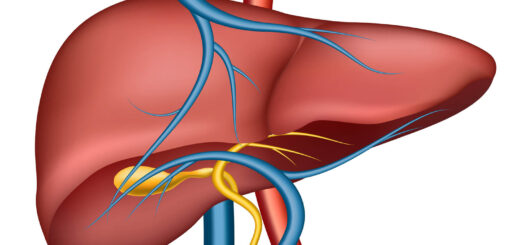A Meta-Analysis Of The Effect Of Sodium Glucose Cotransporter-2 Inhibitors On Metabolic Parameters In Patients With Polycystic Ovary Syndrome

Polycystic Ovary Syndrome, one of the most prevalent endocrinopathy is an amalgamation of various clinical manifestations and associated with numerous co-morbidities. Treatment modalities are designed to target individual elements, based on the clinical features exhibited. However, a significant gap prevails in tackling metabolic irregularities and their accompanying cardiovascular risk. The research study titled “A Meta-Analysis of the Effect of Sodium Glucose Cotransporter-2 Inhibitors on Metabolic Parameters in Patients with Polycystic Ovary Syndrome” has been put forth by Binayak Sinha and colleagues published in the Journal Frontiers of Endocrinology and the summary of the article has been given below:
Objective:
To evaluate the efficacy of SGLT-2 since this group of drugs confers an attractive strategy to manage the hormonal and metabolic defects of PCOS.
Method:
It was a randomized prospective study design with participants between the age group of 18 to 45 with confirmed PCOS.
Thereby the SGLT2i group was compared with a control group with a 2 week follow up period. The significance was outlined using a 95 % confidence interval by using the standardized mean difference as the effect size estimator.
Findings:
Notable improvements were found in parameters as exhibited by body weight and fasting plasma glucose from baseline and insulin resistance as evaluated using HOMA-IR. It was also extrapolated that besides increasing glucose uptake, SGLT-2i would also reduce hyperinsulinemia and improve DHEAS levels.
Limitations:
The study had a limited sample size. For a better outcome, the analysis has to be conducted on a larger populace of patients.
Due to the insufficiency of data, certain metabolic parameters of concern were not adequately assessed in the study.
A relation between BMI and PCOS prevails but it was difficult to note the impact of diverse BMI subgroups in relation to PCOS owing to the small number of studies.
Image Credit :Medical photo created by freepik – www.freepik.com






